The Buick Electra 225 was a Beautiful Boat of a Car
Big, bold, and boat-like, the Buick Electra 225 was a massive car with massive style befitting its top-of-the-line status.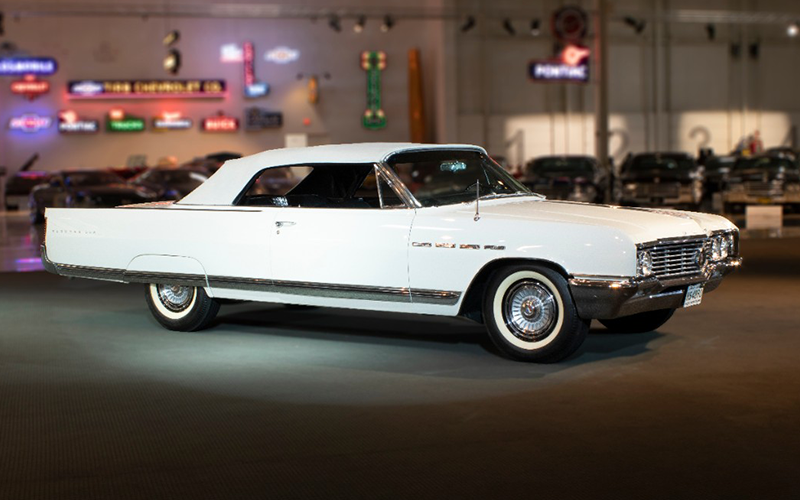
Sail Away in the Electra 225
Cars are a lot like people, even the most mundane and seemingly boring will reveal untold depths if you look closely enough and ask the right questions. The Yugo was not the best of cars (to put it mildly), but its sheer cheapness is a compelling story in its own right. The Chrysler PT Cruiser was once the butt of jokes but today has evolved into a cult classic of the early aughts. The same is true of the Buick Electra 225, once the brand’s flagship model.
The 225 in its name is not in reference to engine displacement but rather the car’s length which measured 225.4 inches upon its debut in 1959. In some instances, quantity becomes its own quality. And thus it is with the Buick Electra 225, a car of such heft and such a wide turning radius that the term boat feels like a comical understatement. The other half of the car’s name, Electra, was derived from Electra Waggoner Biggs, socialite, sculptor, and sister-in-law to GM President Harlow H. Curtice (her name, of course, taken from the Greek mythological character Electra of eponymous plays by Sophocles and Euripides).
For over three decades, the Buick Electra 225 was perched atop Buick’s line up. Its sheer size and commanding road presence denoting luxury. Of course, Buick matched the car’s image with a smooth ride and a plush, well-appointed interior. Looking back, big luxury cars with sofa-like seats appear commonplace in the 1960s and ‘70s, but that’s precisely because of cars like the Buick Electra 225, a luxo-barge for the ages.
Coming in On Top, Electra 225 1959-60
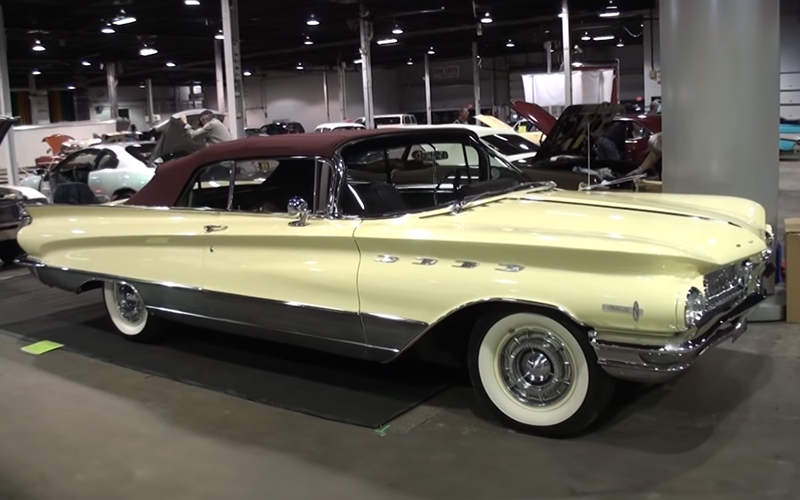
A funny thing happened along the way from 1959 to today, car designs and car buyers’ tastes became increasingly boring. You don’t need rose colored glasses to see that the cars of the 1950s took risks that only but the most modern designers have begun to attempt. You might call the work of Harley Earl, Virgil Exner, and/or Bill Mitchell overwrought, even garish, but one thing they were not was dull.
The Buick Electra 225 is a perfect case in point, beginning its run in 1959 with the now classic fins and chrome formula of its day. As the car and tastes evolved, the Electra 225 became less sculpted and more slab-like as straight lines began to predominate in automotive design. Even among finned cars, the Electra 225 stands out for the unique angle of its “Delta” fins and slant to its stacked quad headlights.
1959 was an overhaul year for Buick. Sales had slumped from over 700,000 in 1955 to just over 250,000 by 1958. In response, Buick revamped its lineup, jettisoning the likes of the staid Roadmaster, the brand’s standard bearer, for the new Electra 225. Buick also introduced a new version of their Nailhead V8, the Wildcat 445 (the number referring to the engine’s torque number). This 401 cu.-in. V8 made 326 horsepower and came paired with a two-speed automatic. The Electra was offered as a four-door sedan or hardtop (this in a six-window pillared form) and as a two-door hardtop. The top-of-the-line Electra 225 could be ordered as a two-door convertible as well as the four-door “Riviera” six-window.
For 1960, Buick gave the Electra a mild face lift that eliminated the angle on the quad headlights, added Venti-port side trim, and incorporated the new Buick logo into the car’s badging. Another notable feature was the inclusion of new metal strakes along the bottom third of the car. This element is significant once you know that it was GM’s Bill Mitchell who headed up design for the Electra. Mitchell had a particular fascination with marine life that influenced his designs, later informing the Corvette Shark prototype and the Corvette Sting Ray racer concept, both inspired in part by diving he’d done in the Bahamas. The Electra’s metal strakes bear an uncanny and not coincidental resemblance to the filaments of a whale’s baleen (what filter-feeding whales use to capture their food). Making the Electra 225, with its massive size and fins, a whale of a car indeed.
Big and Boxy, 1961-64

The Buick Electra 225 received major updates for 1961. The new generation dispensed with the lower trim Electra in favor of the Electra 225 designation. The car’s fins were scaled back, and lines were straightened as the overall design became more conservative. The 401 was still on tap as the sole engine but a new three-speed transmission option was added. The Electra 225 offered power steering, power brakes, power adjustable driver’s seat, and as well as power windows in the case of the convertible. Revisions for the 1964 model year included a new protruding grille design, the addition of rear fender skirts, and the elimination of the two-speed automatic.
Size and Sophistication, 1965-70
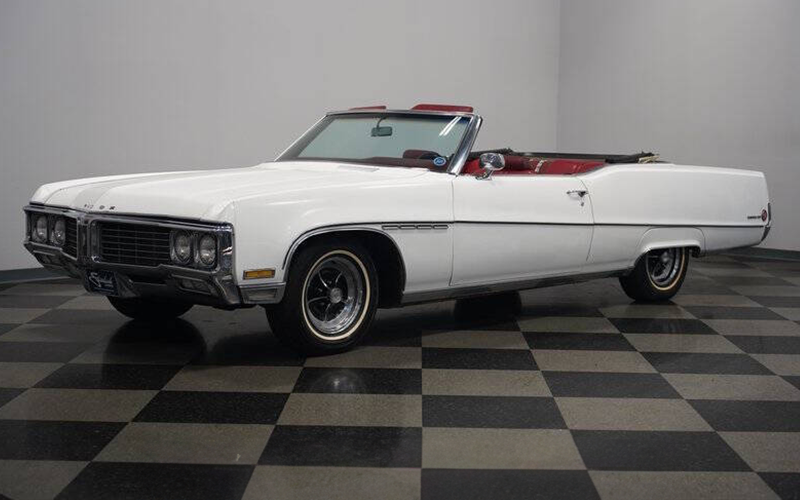
The 1965 Electra 225 ushered in a new generation and with it a new engine, a 425 cu.-in. V8 making 340 or 360 horsepower, depending on the carburetor set up. Lines were more fluid, especially in the two-door versions, in keeping with the popularization of Coke bottle styling during the late 1960s. A new 430 cu.-in. V8 replaced both the 401 and the 425 V8s starting in 1967. 1970 saw the introduction of a new 455 V8 with 370 horsepower to replace the 430 V8. This was also the final year for the convertible body style for the Electra 225.
Electra 225 Outgrows Its Name, 1971-75
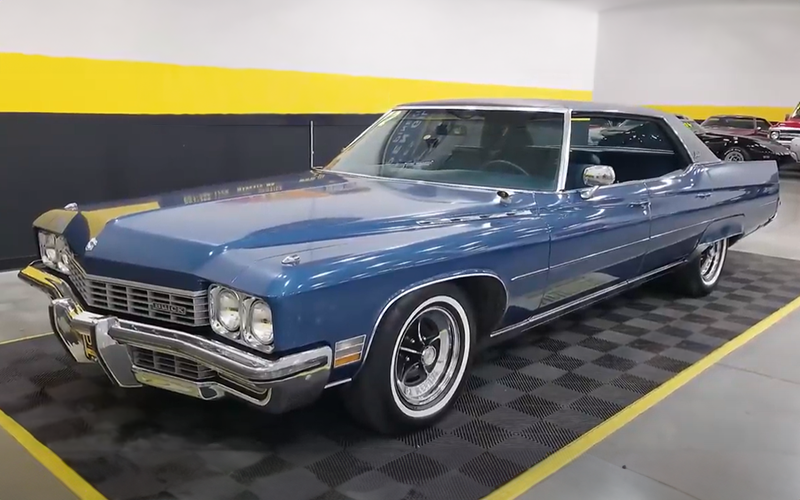
Size and horsepower became inversely related in 1970s luxury cars and the Buick Electra 225 is a prime example thereof. The car grew even longer with the advent of its new fourth generation, now measuring 226 inches. Meanwhile, the 455 V8 engine lost power, starting in 1972 in response to new efficiency and emissions standards, it made 250 horsepower, by 1975 output dipped to just 205 horsepower. The car continued to grow in length over the course of the fourth generation, growing to 227 inches in ‘72, 229 in ‘73, 231 by 1974, and a gargantuan 233 inches for 1975 and ‘76.
In honor of the Bicentennial, Buick offered patriotically themed color options with names like Potomac Blue, Constitution Green, Musket Brown, Independence Red, and Congressional Cream. The car’s interior was as accommodating as ever. The Park Avenue package was introduced in 1975 and offered pillowed upholstery, a velour headliner, and thick-ply carpeting. The Park Avenue package remained the Electra 225’s top trim package through 1988.
The fifth-generation Buick Electra dispensed with both the extreme length and the related 225 designation. By the sixth generation, the Electra had shrunk to 197 inches and a 110-inch wheelbase. Long gone were its glory days as a premier American land yacht. After 1991, the Park Avenue name replaced the Electra as Buick’s top model.
Today, the Buick Electra 225 is best remembered as one of those classic, “living room on wheels” luxury cars. The kind of car geared toward stressless highway cruising with plush, sofa-like seats and a hood so long that it seems to extend almost to the horizon itself.


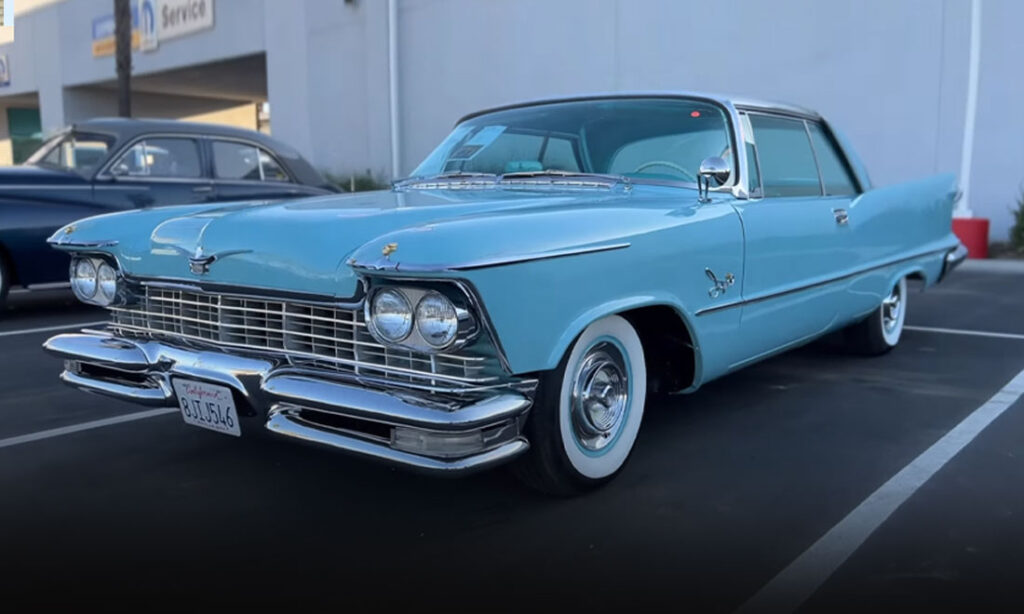
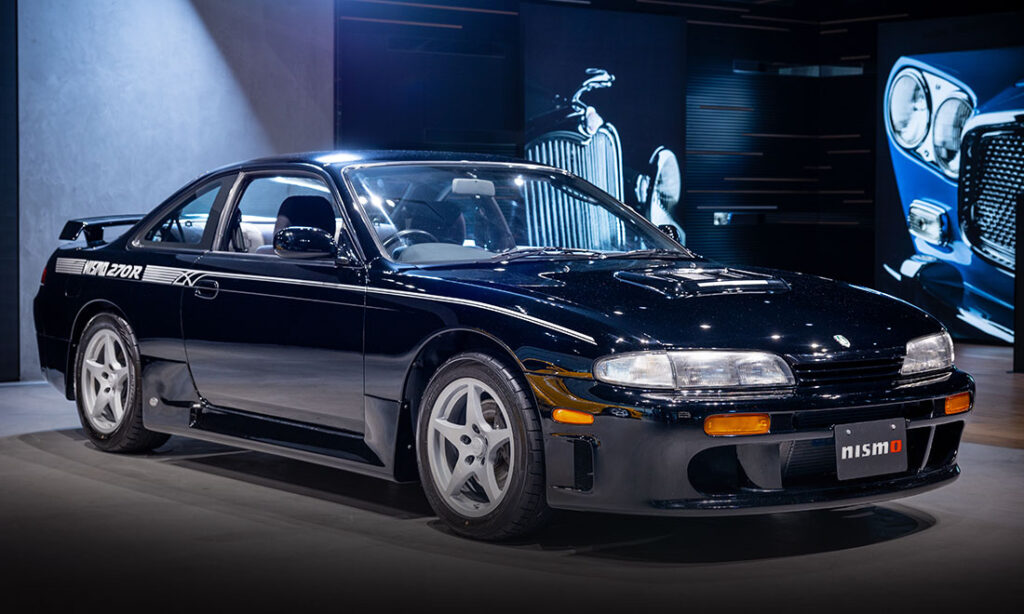
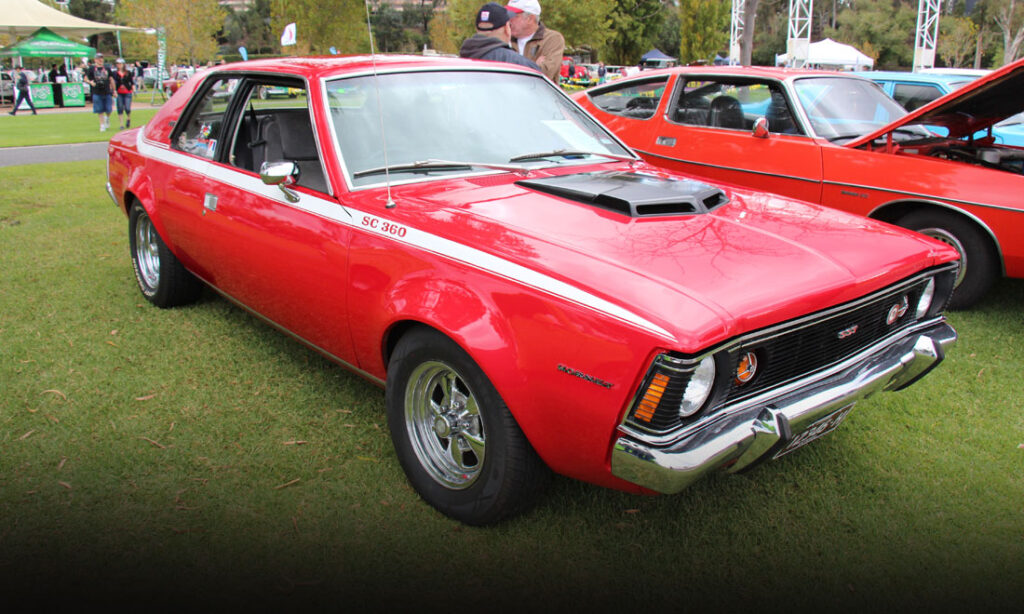
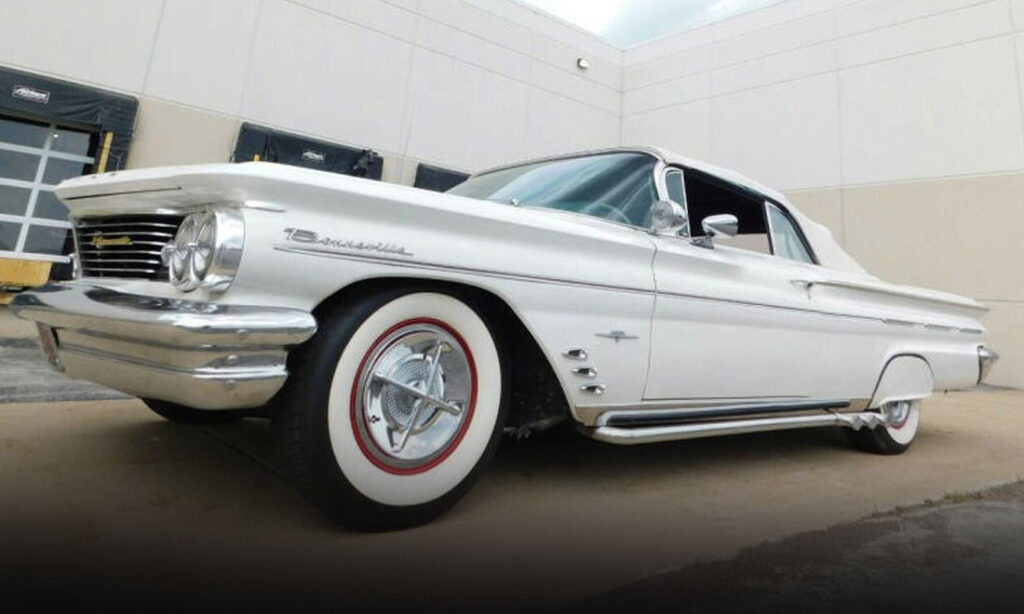

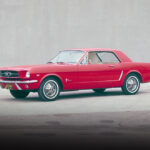



The Electra 225 measures 225 inches from bumper to bumper that’s what it’s all about .